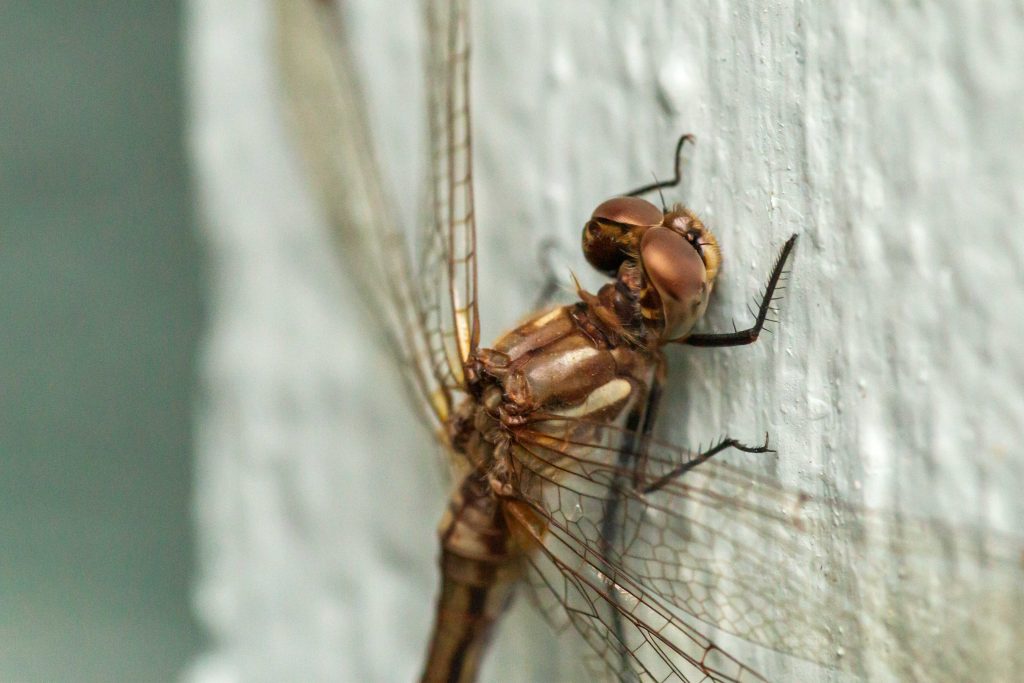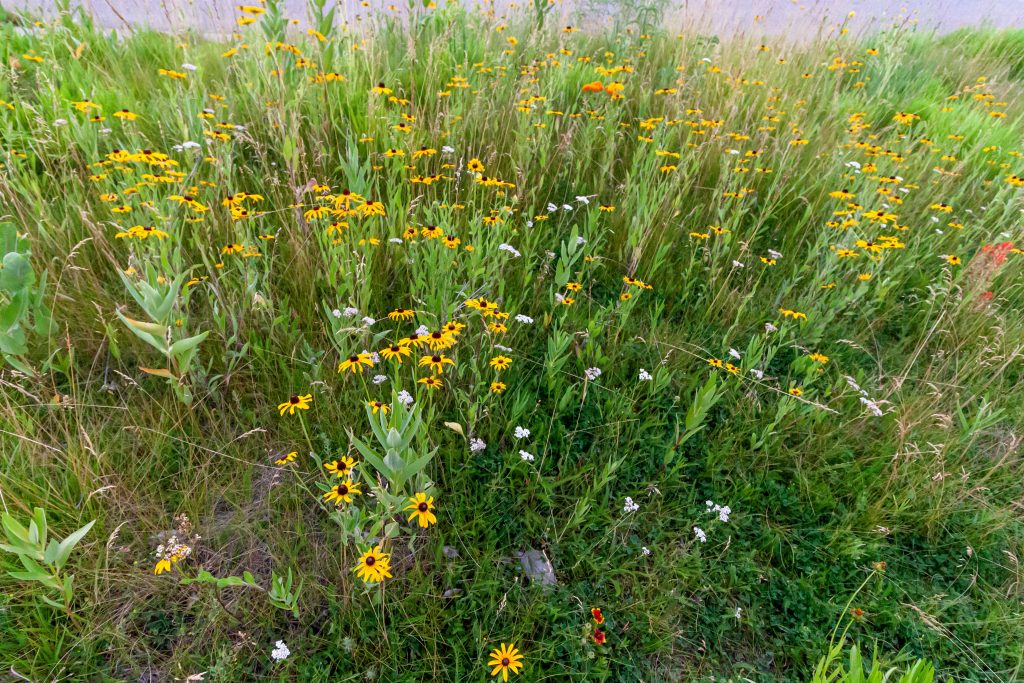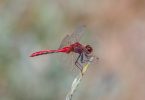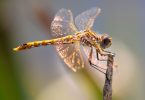Noticed [see photo below] a dragonfly, Striped Meadowhawk (Sympetrum pallipes), on the front door vestibule this morning. It didn’t knock, but it didn’t fly off either when I inspected it. Why? Well, this spot is usually shady until afternoon. Plus, the temperatures at the time was only 61 degrees (Fahrenheit). Those variables are important because dragonflies aren’t active (flying) with those conditions. Dragonflies are ectothermic, dependent on sunshine and air temperature to become fully operational. This insect was almost dormant, incapacitated at a minimum.

Warm weather, a necessity
When sunshine and air temperatures are appropriate (65 – 68 Fahrenheit in Georgia, Beaton 2007) Sympetrum species fly at speeds of ~4-9 mph. These aren’t the maximum flight speeds, but are the measured findings of J. M. Wakeling AND C. P. Ellington published as online pdf from the The Journal of Experimental Biology 200, 557–582 (1997). I mention this research so you have an idea of when to look for dragonflies in your yard. That’s right, in your yard [ours pictured] that is typically not a wetland.

Your yard is feeding habitat
After a dragonfly emerges from a wetland as an adult it spends much of its time away from the wetland (breeding habitat) feeding and maturing. These feeding areas can be far from water.
they can be found almost anywhere, in some cases even miles from water.
Paulson, D., (2009). Damselflies and Dragonflies of the West. Princeton, NJ: Princeton University Press.
What to look for
I have found some common dragonflies right in my yard which I posted on a blog some time ago. Of course, if you look regularly rarer species can be found such as, Spiny Baskettail (Epitheca spinigera) [photo below]. Sidney W. Dunkle published a beginners guide titled Dragonflies through Binoculars (2000) through Oxford University Press that will assist you in your efforts.

I encourage you to check out the vicinity of your home for dragonfly visits that keep other insect populations in check. Discovery is the beginning of a great learning adventure 🙂


